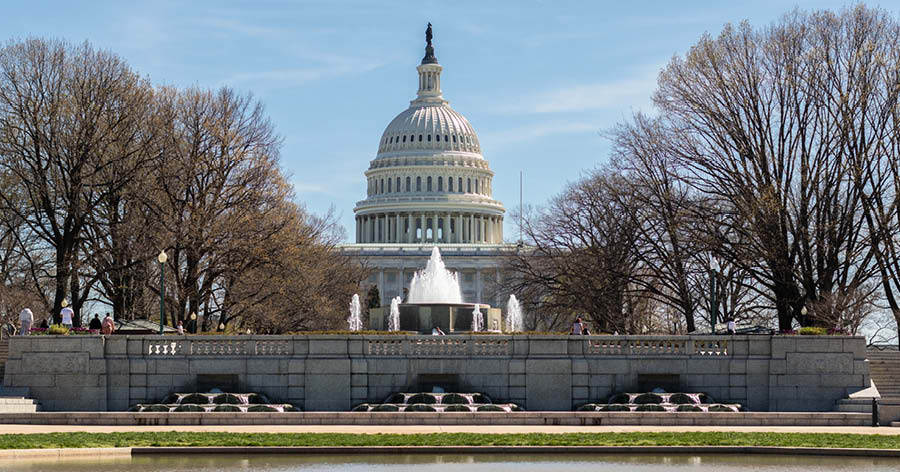In the wake of the horrific events in New Orleans and the Gulf, all eyes have turned to the U.S. Army Corps of Engineers, the federal agency charged with maintaining the levees that broke in New Orleans. Many claim, rightly, that the Corps’ priorities were mixed up, and that the agency hasn’t been focused on the life and death issues that New Orleans, and so many other coastal cities, face.
But when the dust settles, Congress should also shoulder some of the blame for this mess. While it’s true that the Corps has never met a boondoggle it didn’t like, it’s been Congress, after all, that has stuffed the Corps budget full of pork projects. The iron triangle of the pork-powered Congress, the Corps of Engineers and special interests is the main culprit behind this massive failure of government.
The Army Corps lives and dies by the earmark. The reason is simple: the agency’s budget is determined by how many projects it has to work on. As a result, Corps staffers are constantly pushing for more and more projects, because if these bureaucrats don’t have projects to work on, they’ll soon find themselves out of a job.
These days, Congress is more than happy to indulge the Corps’ addiction to earmarks: pork-barrel spending has become so rampant that lawmakers will almost always push for a Corps project proposed for their district or state, regardless of its merits. As a result, the total Corps budget has increased, the number of projects receiving funding has increased dramatically – but the spending per project, on average, has gone down. We’re spreading the money farther and thinner, which invariably means that projects take longer to construct, and sometimes languish for decades. This is a recipe for disaster.
That’s what happened in Louisiana. In 2000, the Corps launched a $750 million lock navigation project on the Industrial Canal in New Orleans – the most expensive single lock project in history. The Corps justified its massive project by predicting that barge traffic on the canal would increase, when in fact traffic had decreased by 50% since 1988. Despite the economic and social concerns, the New Orleans congressional delegation, led by Rep. William Jefferson (LA-D) and then-Reps. David Vitter (R-LA) and Billy Tauzin (R-LA), were strongly behind the project.
The Industrial Canal has received more than $70 million over the last few years. In the 2006 budget, the President provided no funding for the Industrial Canal. But the House put $9 million into it, and the Senate pumped in $15 million. Where did that money come from? Well, one of the programs that the Senate cut was one of the nine “national priority projects”: the West Bank and Vicinity hurricane protection project for New Orleans. Indeed, one of the levees that lined the Industrial Canal failed after Hurricane Katrina, inundating the Lower Ninth Ward in New Orleans with brackish floodwater.
Louisiana has never suffered from a lack of Army Corps funding: over the last five years, the state has received $1.9 billion in Corps funds, far more than any other state. But project-mania has made the Corps and the Louisiana delegation lose sight of the real priorities of public servants: to protect the lives and livelihoods of the people they serve. The failure was not about total dollars, but the inability of the Congress to set or target high priority projects.
Hopefully the disaster of Katrina – and the political toll it will no doubt take on Gulf Coast lawmakers – will encourage Congress to get its priorities straight. If this won’t, nothing will.













Get Social